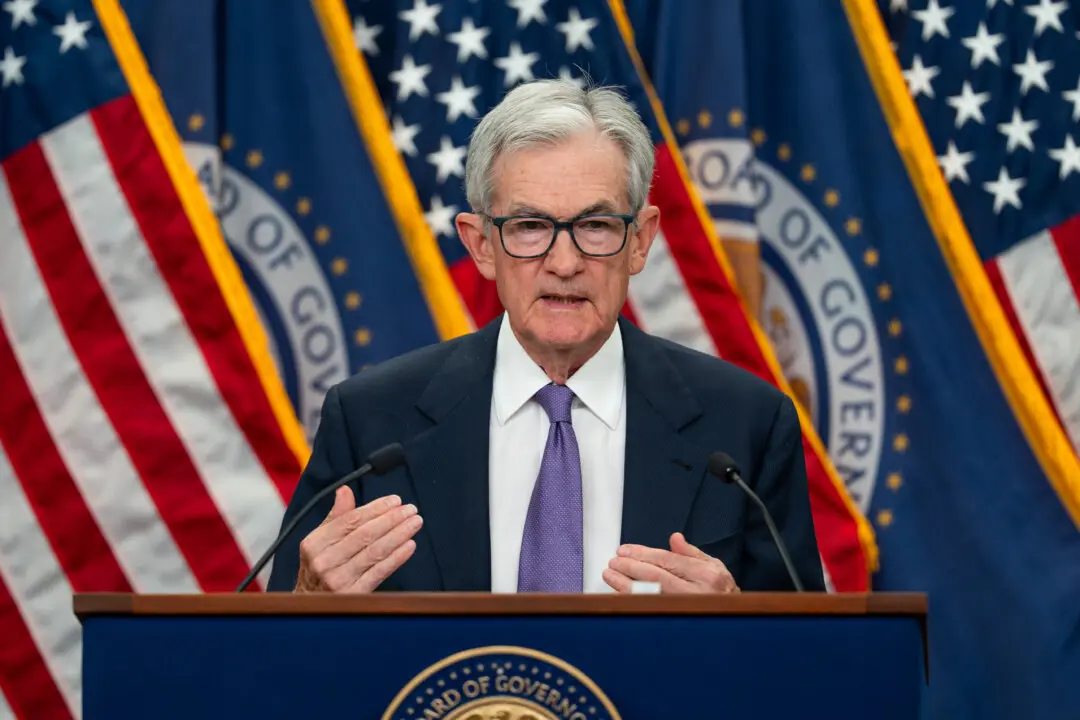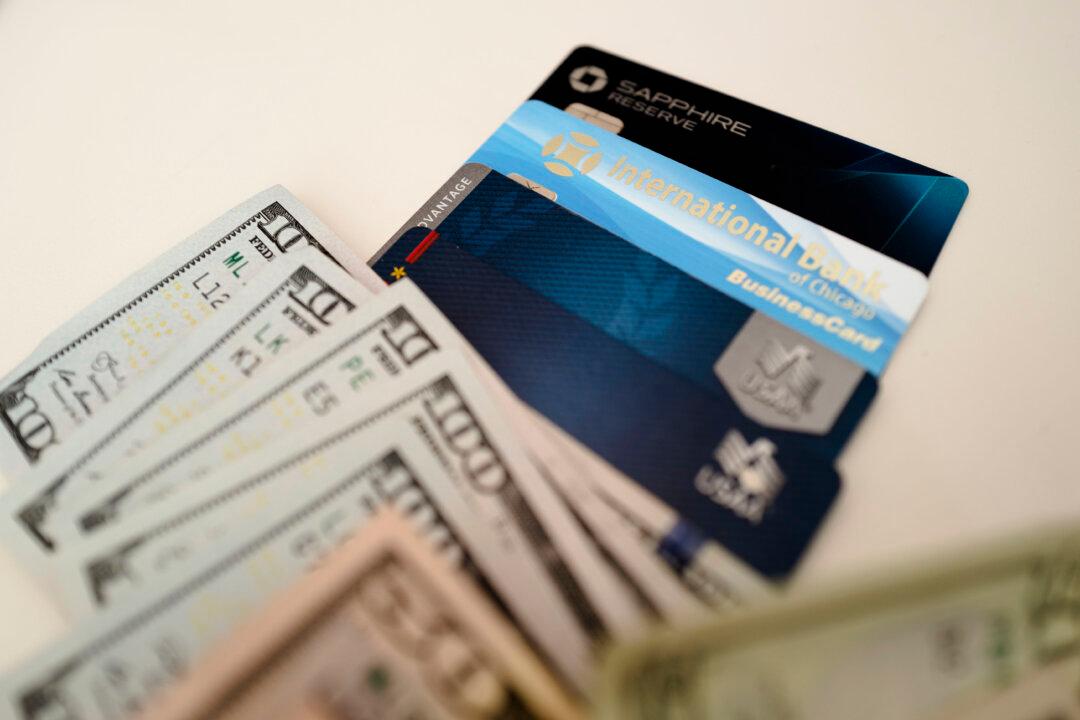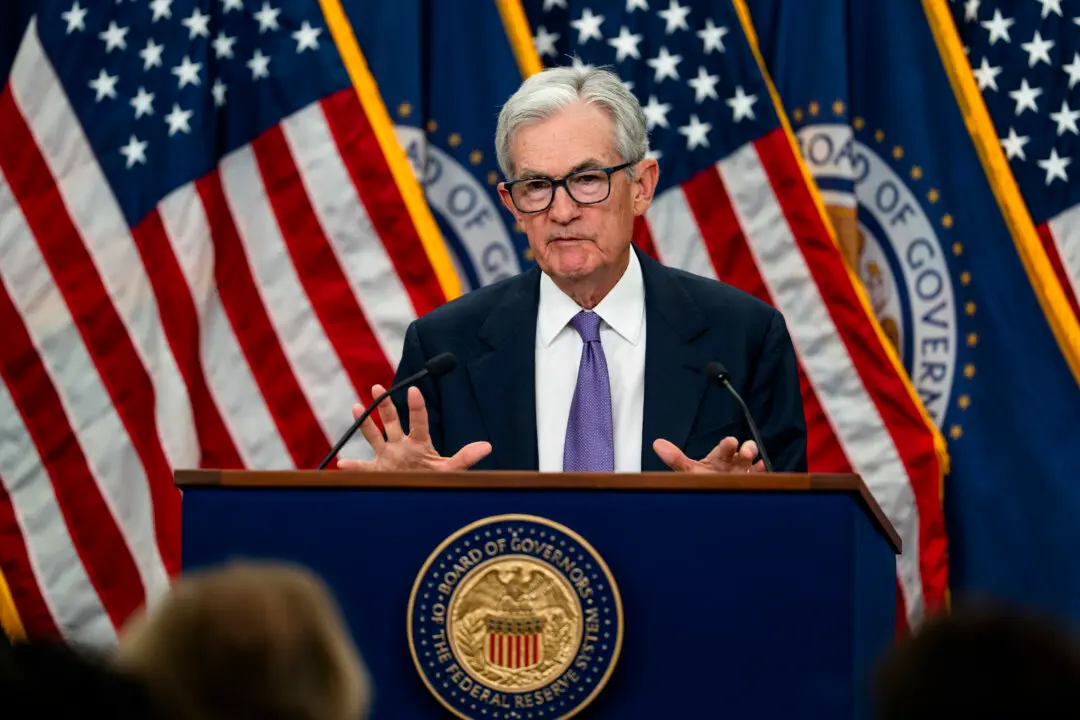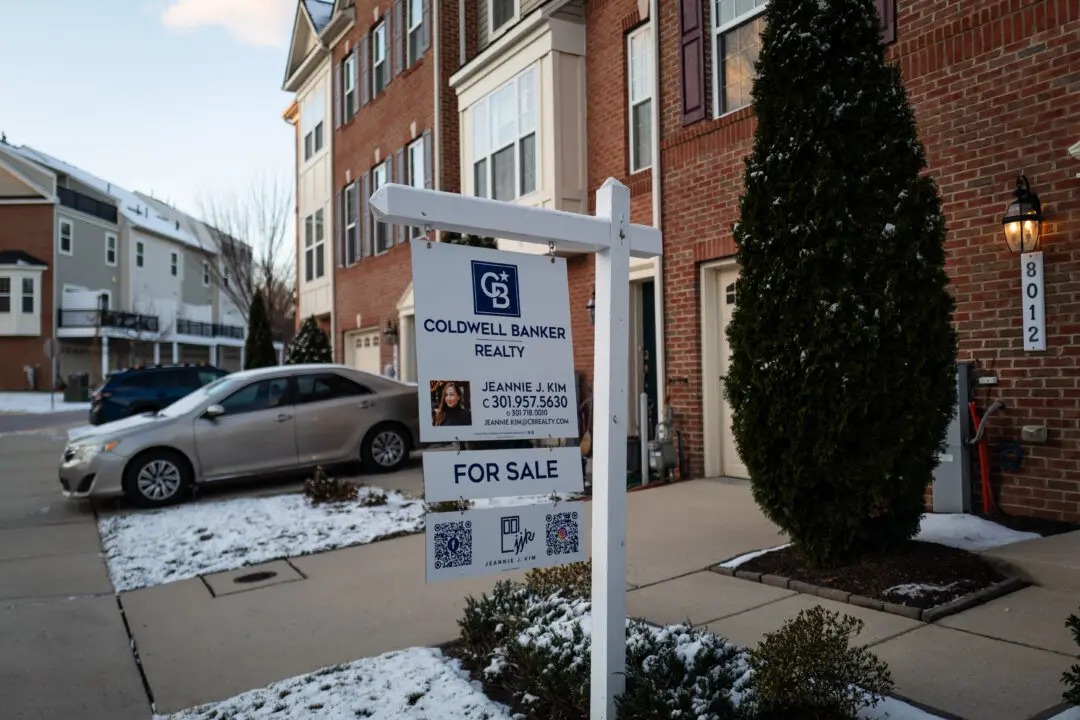A growing number of U.S. retailers are ringing alarm bells on organized looting that is gripping many major urban markets across the country.
Best Buy reported decent third-quarter earnings (pdf), topping market estimates. The consumer electronics retail giant found more Americans upgraded their home technologies and kitchen appliances. But the company warned some of the challenges it faces moving forward, including “organized retail crime.”





